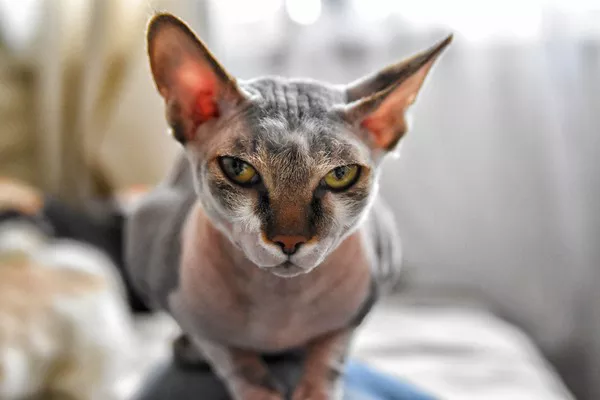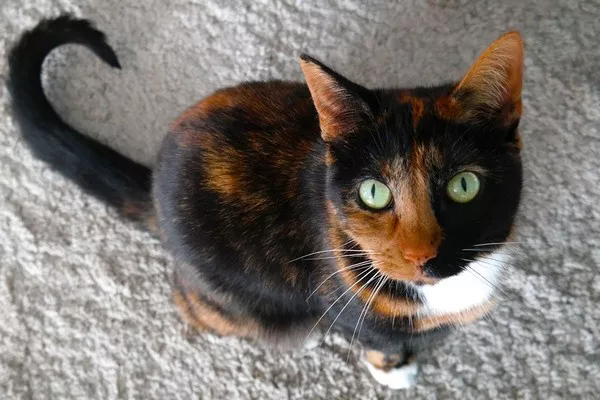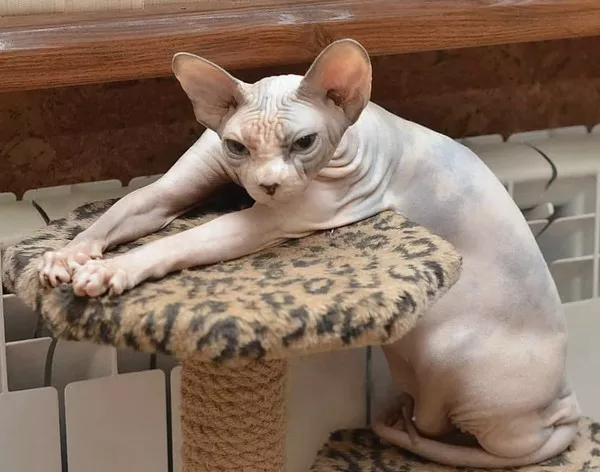In an effort to tackle the issue of free-roaming cats, Virginia Delegate Robert “Bobby” Orrock has introduced a bill to address the challenges posed by the increasing population of these cats. The proposed legislation urges the Board of Agriculture and Consumer Service to develop a model plan that localities can use to manage and reduce the number of free-roaming cats and address the problem of cat abandonment.
Orrock highlighted the significant feral cat problem in many communities and emphasized the absence of a state law to assist localities in dealing with this issue. The proposed bill aims to provide a framework for localities to implement strategies tailored to their specific needs.
The debate over the most humane approach divides advocates, with various organizations favoring different methods. Animal welfare groups, such as the Virginia Federation of Humane Societies, endorse a non-lethal approach known as trap-neuter-vaccinate-return (TNVR) to reduce free-roaming cat populations. The TNVR method is considered practical and ethical, allowing communities to manage cat populations over time.
On the other hand, conservation groups, exemplified by the Wildlife Center of Virginia, argue for euthanasia as the most effective solution to prevent further damage to wild species. The disagreement stems from differing perspectives on whether outdoor cats should be kept indoors to safeguard wildlife.
The bill proposed by Orrock provides localities with flexibility in choosing the approach that suits them best. While it does not explicitly prohibit lethal plans, Orrock emphasized that the decision on how to handle the populations would be left to individual localities.
The issue of free-roaming cats is a longstanding concern, with estimates suggesting a population of over 30 million community cats in the United States. Former Delegate Kenneth Plum initiated efforts in 2021 to address the problem, leading to the creation of a work group to develop legislation. However, disagreements over lethal and non-lethal measures resulted in an impasse.
A report released in 2023 revealed an estimated 2.1 million free-roaming cats in Virginia, with 1.2 million being unowned. Advocates for TNVR argue that volunteers are already working diligently to address the issue and that state regulations may burden these efforts.
Despite differing opinions on how to handle free-roaming cats, there is consensus on the impact they have on wildlife and public health. Grant Sizemore, the director of the American Bird Conservancy’s Invasive Species Program, noted that cats kill an estimated 2.4 billion birds annually, emphasizing the need for effective measures to address the crisis.
The proposed bill, if passed, directs the board to publish regulations in consultation with relevant stakeholders by July 31, 2025. The legislation signals a significant step toward addressing the challenges associated with free-roaming cats in Virginia.
























